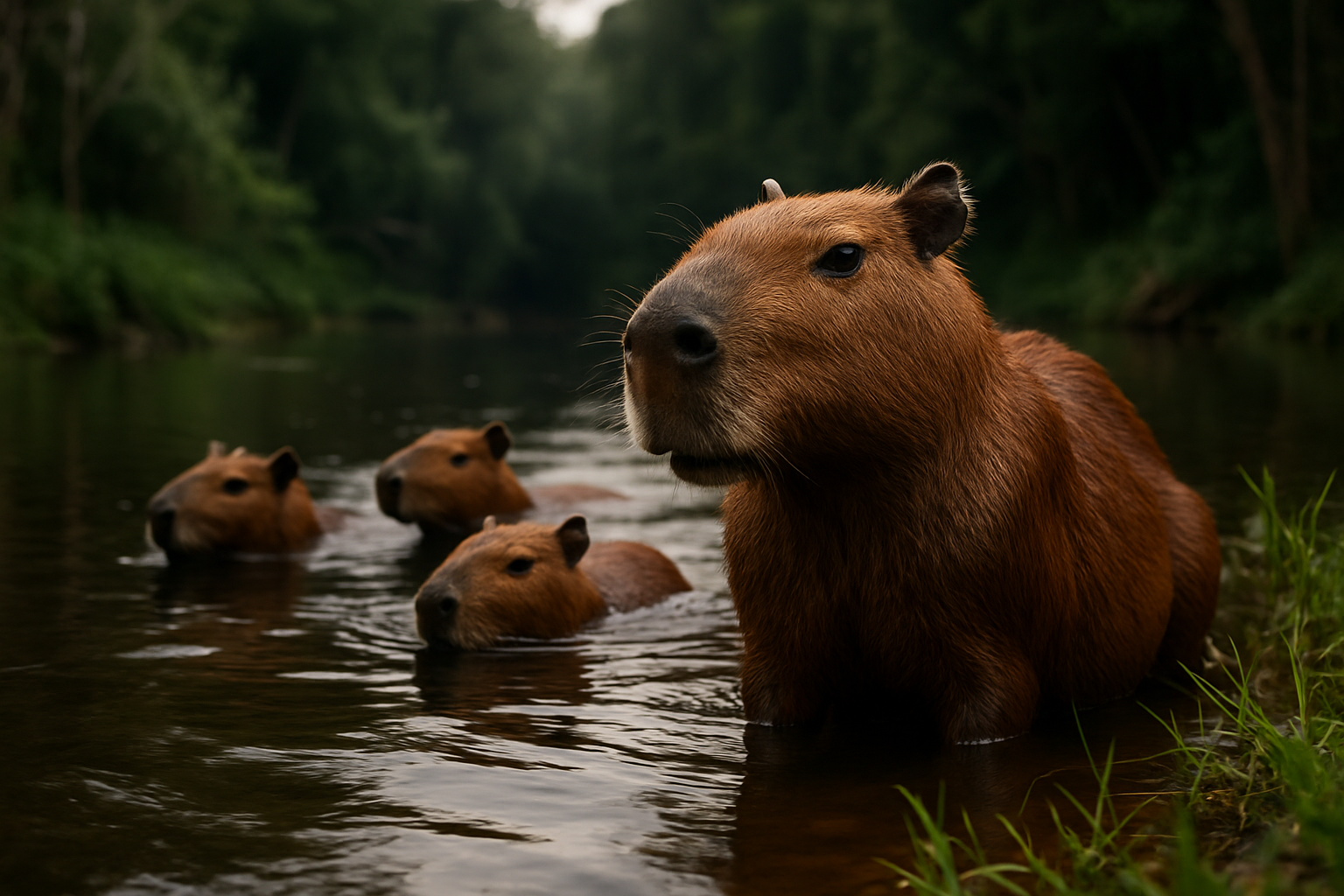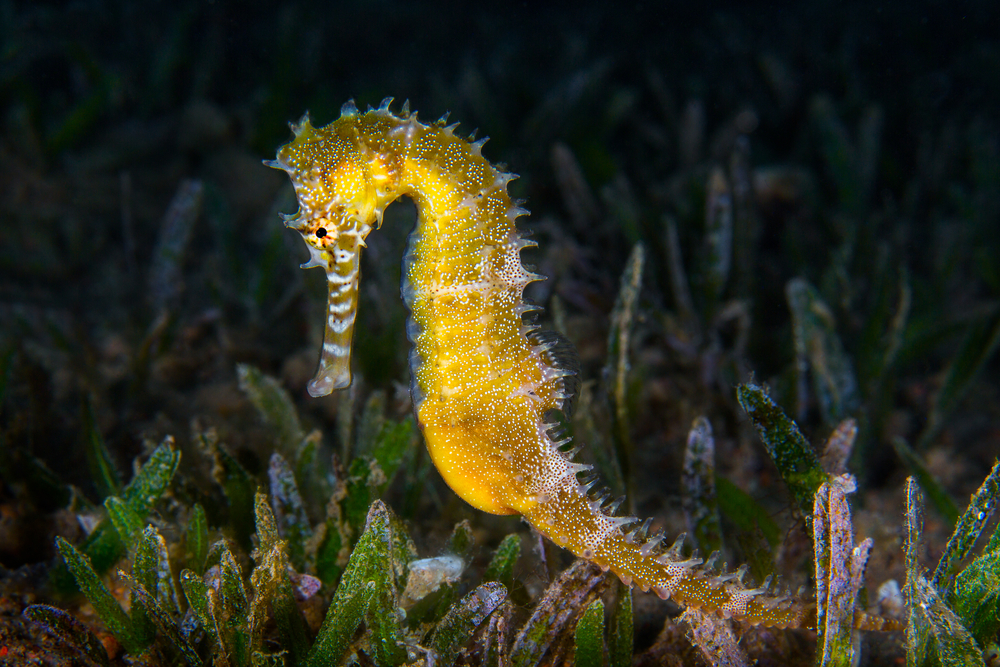Unveiling the Secrets of Capybara Social Dynamics
The world's largest rodent, the capybara, has long captivated animal enthusiasts with its gentle demeanor and unique appearance. Yet, beneath their cuddly exterior lies a complex social structure that rivals some primate species. This article delves into the fascinating world of capybara social dynamics, exploring how these remarkable creatures navigate their relationships, communicate, and thrive in their diverse habitats.

The Evolution of Capybara Sociality
Capybaras’ social nature has deep evolutionary roots. These semi-aquatic mammals evolved to live in groups as a defense mechanism against predators. Over time, this grouping behavior developed into a sophisticated social system that goes beyond mere safety in numbers.
Archaeological evidence suggests that capybaras have been living in social groups for millions of years. Fossil records from the Pleistocene epoch show that ancient capybaras already exhibited traits associated with group living, such as sexual dimorphism and social grooming behaviors.
The transition from solitary ancestors to highly social creatures was likely driven by environmental pressures. As capybaras adapted to life near water bodies, group living offered advantages in foraging, predator detection, and offspring care. This evolutionary journey has resulted in the complex social structures we observe today.
Hierarchy and Leadership in Capybara Herds
Capybara social groups, often referred to as herds, typically consist of 10 to 20 individuals, though larger groups of up to 100 have been observed in ideal habitats. Within these herds, a clear hierarchical structure emerges, led by a dominant male.
The alpha male plays a crucial role in herd dynamics. He mediates conflicts, leads the group to feeding and resting areas, and has primary mating rights. Interestingly, the alpha’s position is not permanent and can be challenged by other males, leading to intense but usually non-lethal fights.
Females also have their own hierarchy, often determined by age and reproductive status. Older, more experienced females tend to have higher ranks and better access to resources. This female hierarchy plays a significant role in cooperative breeding behaviors.
Communication and Bonding Rituals
Capybaras employ a rich repertoire of vocalizations and body language to communicate within their groups. They produce a variety of sounds, including barks, whistles, and purrs, each with specific meanings ranging from alarm calls to contentment signals.
One of the most fascinating aspects of capybara communication is their use of scent marking. They have scent glands on their faces which they rub against objects and each other to mark territory and reinforce social bonds. This behavior, known as allomarking, is a crucial aspect of their social cohesion.
Physical contact also plays a vital role in capybara social life. Mutual grooming, or allogrooming, serves both hygienic and social functions. It helps remove parasites and strengthens social bonds between individuals. This behavior is often observed between mothers and offspring, as well as between adult members of the group.
Cooperative Breeding and Parental Care
Perhaps one of the most remarkable aspects of capybara social behavior is their approach to parenting. Capybaras practice a system of cooperative breeding, where multiple females in a group care for each other’s young.
This alloparental care system is highly beneficial for the survival of offspring. Young capybaras can nurse from any lactating female in the group, ensuring they receive adequate nutrition even if their mother is unavailable. Additionally, this shared parenting allows mothers to forage more efficiently, improving their own health and future reproductive success.
Male capybaras also participate in offspring care, albeit to a lesser extent. They may act as sentinels, watching for predators while the rest of the group grazes or rests. This vigilance is crucial for the safety of vulnerable young capybaras.
Capybara Social Intelligence
Recent studies have begun to uncover the depth of capybara social intelligence. These rodents display behaviors that suggest a level of cognitive sophistication previously unrecognized in their order.
Capybaras show evidence of social learning, where individuals acquire new behaviors by observing others in their group. This ability to learn from conspecifics is crucial for adapting to new environments and threats.
Moreover, capybaras appear to have some level of individual recognition within their groups. They react differently to familiar versus unfamiliar individuals, suggesting a capacity for social memory. This ability likely plays a role in maintaining their complex social structures over time.
Conservation Implications of Capybara Sociality
Understanding capybara social dynamics has important implications for their conservation. As human activities increasingly encroach on capybara habitats, their social structures can be disrupted, leading to negative impacts on population health and survival.
Conservation efforts must take into account the social needs of capybaras. Preserving large, connected habitats is crucial to allow for natural group formation and movement. Additionally, in cases where capybaras need to be relocated, efforts should be made to move entire social groups together to minimize stress and improve the chances of successful reestablishment.
The complex social lives of capybaras also highlight their potential as a model species for studying the evolution of sociality in mammals. By studying these remarkable rodents, researchers can gain insights into the factors that drive the development of complex social systems across different animal groups.
In conclusion, the social dynamics of capybaras offer a fascinating glimpse into the complexity of animal societies. From their hierarchical structures to their cooperative breeding strategies, capybaras challenge our perceptions of rodent behavior and intelligence. As we continue to unravel the secrets of their social lives, we not only gain a deeper appreciation for these charismatic creatures but also enhance our understanding of the diverse ways in which animals navigate their social worlds.





